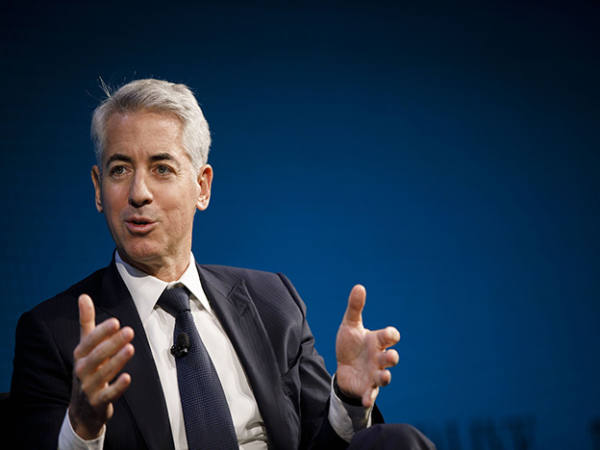- Orthodox value investing is failing investors
- Accounting standards are failing investors
- Unorthodox fixes may offer solutions
- Loads of idea-generating data
Accounting standards are failing investors. The assets that are most important in generating value for modern businesses – broadly labelled 'intangibles' – go largely unrecognised by company accounts.
Regular readers may be familiar with me banging this drum (eg Finding Hidden Value, 25 Feb 2021). However, what may be less familiar is the fascinating work done to try to solve the problem by a US firm called Sparkline Capital.
Many academics and investors have tried to fix the issues caused by a broken accounting regime by unpicking and reassembling company accounts. To do this they treat spending on intangibles – sales and marketing, software development, product research etc – in the same way as tangible investments. This involves recording the cost as an asset. The value of the asset is then slowly reduced in future accounting periods by matching a portion of it as an expense against profits.
But the feeble level of disclosure on what spending can be classed as 'intangibles' makes this process inexact. So too does the question of what should be considered a fair period over which to recognise spending for different industries and different types of intangibles.
And even if adequate answers can be found to these questions, the nature of intangibles creates what is arguably a much bigger problem.
As Sparkline says in its recent paper 'Intangible Value', intangibles have a “weak relationship between input cost and output value”. In other words, a firm could spend many millions to develop a product that’s a complete flop, or it could spend a fraction of that amount and have a multi-billion-pound hit. There’s just no way of knowing.
A willingness to try and fail in pursuit of big, unpredictable wins, is often viewed as central to the success of many of today’s biggest companies, such as Amazon. Sparkline’s approach is to try to measure the output value rather than the input cost. But how?
Over the past year it has been assembling a range of metrics. These are based on the use of machine learning to make sense of vast swathes of unstructured data. For example, it has developed a method to identify the strength of so-called 'platform' businesses through the identification of key words and phrases in reports and accounts. Other measures track things such as the number of PHDs each pound of market capitalisation buys and the value of R&D to market cap. The measures are used to assess four “intangible pillars”: innovation; human capital; brand; and network effects.
Importantly, Sparkline has been able to put a value on companies' intangibles that can be related to share price. This can be added to the tangible value recorded on the balance sheet to create the firm’s own measure of intrinsic value.
Importantly, back-testing a value investing strategy based on Sparkline’s measure of intrinsic value suggests it produces much superior returns to strategies based on attempts to re-engineer companies’ defective accounts. It also absolutely pummels an orthodox value approach, which has been floundering for well over a decade. Indeed, Sparkline's back-test suggests value investing is still as effective as ever once its measure of intangible value is factored in. A currently-miniscule ETF that applies the strategy has just been launched (US:ITAN), so investors may soon get an idea of how theory translates into practice.
Application of machine learning may be beyond the scope of most private investors (and journalists) but this is an area where innovation should be applauded by all. Rectifying this accounting problem is not only in the interest of investors but also society at large given the huge implications it has for capital allocation.
Check out Sparkline's paper here.










